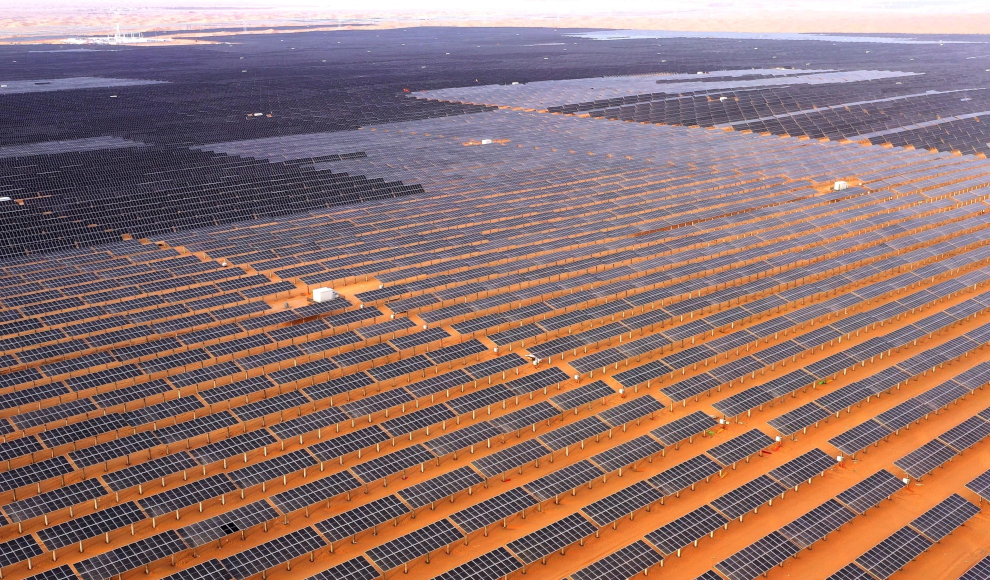China has taken a significant step towards achieving its goal of becoming carbon neutral by 2060 with the launch of a massive combined solar and wind power plant in the Gobi Desert. The renewable energy generated by the plant will help China reduce its carbon footprint and meet its ambitious climate targets. The plant, located in the autonomous region of Ningxia Hui on the southern edge of the Gobi Desert, has a capacity of 1 gigawatt and is expected to produce 1,800 gigawatt-hours of electricity annually, enough to power 1.5 million households. The electricity generated by the plant will be transmitted to the central Chinese province of Hunan via a specially designed ultra-high voltage transmission line, the first of its kind in the country.
China is investing heavily in renewable energy, particularly wind and solar power, to achieve its goal of becoming carbon neutral by 2060. The country currently has an installed capacity of 1.26 terawatts in renewable energy, with wind energy accounting for 376 gigawatts and photovoltaic energy accounting for 425 million gigawatts. China is also exploring other renewable energy sources such as biomass, geothermal, and hydropower. To promote the use of renewable energy, China plans to build extensive solar and wind power plants in arid regions. The first phase of this expansion will see the construction of 100 gigawatts of capacity in desert areas, with the relevant wind and solar projects expected to be connected to the grid by the end of this year.
According to China Daily, the country’s largest English-language newspaper, the launch of the combined solar and wind power plant in the Gobi Desert is a significant milestone in China’s efforts to reduce its carbon footprint and promote the use of renewable energy. The plant is expected to play a crucial role in China’s transition to a low-carbon economy and help the country achieve its ambitious climate targets. With the launch of this plant and other renewable energy projects, China is demonstrating its commitment to reducing its carbon footprint and promoting sustainable development.










